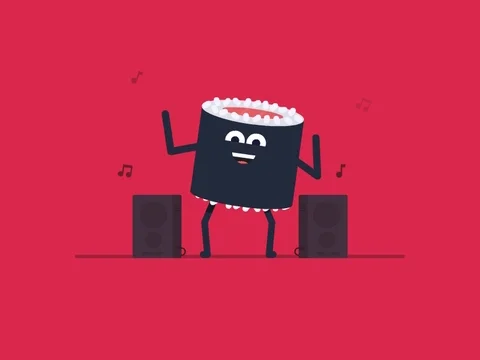Originally published at: Chopsticks are a massive waste problem. This company recycles them. | Boing Boing
…
What I don’t get is why so few folks turn toward edible utensils or packaging. ![]() I think something like a sesame cracker-based chopstick that could survive an hour of being dipped in sauces would be awesome.
I think something like a sesame cracker-based chopstick that could survive an hour of being dipped in sauces would be awesome.


Well, food technology is ever advancing, but I see an edible chopstick that can survive an hour of use, not being that edible.
I’m reminded of this video I saw recently online. Ha. 
At home we use our titanium chopsticks. They can be passed on.
(checks fridge)
Ah! Here we are… ![]()
As for chopsticks, we end up re-using them – I’ve always put them in the top rack of the dishwasher (I’ve otherwise heard not to do that with wood/bamboo items). If not then I chuck 'em in the compost bin.
While I get your point, do you think an entire culture would change the utensils, or even the style of food to be more in line with different utensils? I mean, many folks in western countries really depend on spoons for eating cereal in milk.
Grind up the leftovers, feed 'em to the proper animals. But then, that’s a whole other procedural change for the restaurant biz they would probably not want to adapt…
Well FWIW I’ve seen disposable utensils that are supposed to be compostable – the local organic grocer (MOM’s) claims that everything from their lunch counter can be composted. The plastic utensils they offer at Trader Joe’s (based on what I recall) have a similar look/feel to MOM’s but I don’t know if they’re the same thing.
(P.S. the imported injera as shown isn’t sustainable, seeing how they fly it in* – but it is GF which is a concern for one of us here. I’ve brought up the possibility of making our own, like we did when we couldn’t run out and buy it (and like @thekaz did a while back), but that’s easy for me to say as I’m not the one who knows how to make it)
*(P.P.S. that flight operates daily whether we buy that injera or not, but now I’m just thinking of excuses…)
I have a selection of reusable chopsticks for home. I reuse “disposable” chopsticks for a variety of purposes - from unclogging pipes to marking seed plantings in the garden to mini-stakes connected by twine for marking a boundary for a new patio, they are very handy!
and how hard is it to carry one’s own fork around
When I lived in Japan in the late 90s, used chopsticks in the work cafeteria went in a separate bin. I just assumed they were being recycled …
Based on my very limited experience, in Korea they tend to more often use metal chopsticks than those made from disposable wood. Yeah, they’re a bit trickier for westerners like myself to use, but it seems like a good idea.
I bought a set of coasters from ChopValue a few years back and they were a total waste of money. After a few uses, they warped and cracked. They looked great and I loved the concept, but do not buy any of ChopValue’s products if you are going to put anything wet or cold on them.
If you’re interested in a video on this company, Business Insider did one last year:
But also, I’m still wondering how they clean off the used chopsticks. I don’t quite buy this line from the AtlasObscura article:
To remove any trace of food waste, the chopsticks are first coated in a water-based resin
Because that seems like they are just coating the food waste in resin, not cleaning it off.
the chopsticks are first coated in a water-based resin, then sterilized at 200 degrees Fahrenheit in a specialized oven for five hours. A hydraulic machine then breaks the wood down into a composite board, which is sanded, polished, and lacquered as necessary.
That seems like quite a lot of resources (on top of those required to collect the sticks in the first place) being used to reuse some bamboo bits. I often wonder just how sustainable projects like this actually are… bamboo being famously fast-growing and even 11,000 chopsticks don’t amount to much compared to the enormous amount of waste produced in the US just around food (much less construction, etc.).
Surely the injera arrives by container ship?
I was thinking the same thing. Plus, wouldn’t bamboo sticks be the kind of thing that won’t hurt anything in the landfill? It’s just wood - it decays.


